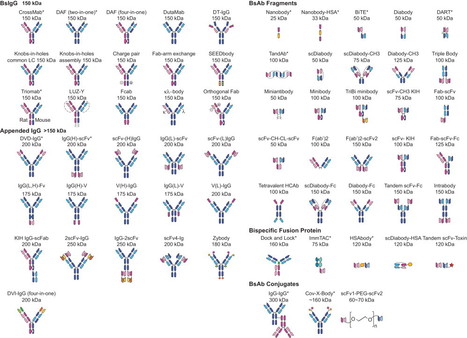Abstract
The concept of using immunotherapy to treat melanoma has existed for decades. The rationale comes from the knowledge that many patients with melanoma have endogenous immune responses against their tumor cells and clinically meaningful tumor regression can be achieved in a minority of patients using cytokines such as interleukin-2 and adoptive cellular therapy. In the last 5 years there has been a revolution in the clinical management of melanoma in large measure based on the development of antibodies that influence T cell regulatory pathways by overcoming checkpoint inhibition and providing co-stimulation, either of which results in significantly more effective immune-mediated tumor destruction. This review will describe the pre-clinical and clinical application of antagonistic antibodies targeting the T-cell checkpoints cytotoxic T-lymphocyte antigen 4 (CTLA-4) and programmed death 1 (PD-1), and agonistic antibodies targeting the costimulatory pathways OX40 and 4-1BB. Recent progress and opportunities for future investigation of combination antibody therapy will be described.
Via Krishan Maggon



 Your new post is loading...
Your new post is loading...









Highlights
•
Melanoma treatment has been transformed using T-cell checkpoint antibodies.
•
Antibodies to CTLA-4 and PD-1 have had the largest impact on melanoma management.
•
Combination T-cell checkpoint therapy holds great promise for clinical development.
•
OX40 and 4-1BB are T cell costimulators with clinical potential in melanoma.